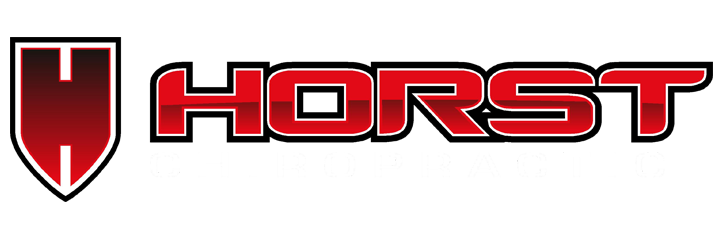Basic Spinal Anatomy
You’ve finally decided that it is time to do some research on chiropractic care to see if it might be able to help you with that nagging back pain. You’ve found several websites online, but their terminology seems to be confusing. What’s an L7? Where is the sacral region? And isn’t Atlas one of the Greek gods who held the world on his back? How can you determine if chiropractic can help ease your pain if you can’t seem to understand the terminology that chiropractors are using?
Dr. Nathen Horst understands your frustration. If you don’t know the basic chiropractic terminology, how can you possibly be expected to understand how it can help reduce your pain? What you need is an understanding of the basic anatomy of the spine. Below, Dr. Horst will take you from top to bottom, along the various parts of the spine and the role each section might play in your pain.
Spinal Discs
Your spine is made up of a series of discs, made up of connective tissue, sandwiched between individual bony structures known as vertebrae. The spinal discs protect the spinal cord running the length of your spine and act as shock absorbers between the vertebrae. The vertebrae are identified by their position within their specific region of the back, and the discs are identified by the two vertebrae that they are between.
Cervical Spine
As the name implies, this is the uppermost part of your spine, consisting of the first seven vertebrae (termed C1 to C7). The C1 vertebra, which is at the top of your spine and leads out from the bottom of the brain, is also known as the atlas, so it actually does reference the Greek god of the same name. If you are prone to neck or shoulder pain, odds are good that it originates somewhere in the cervical spine. Pain in the arms, wrists, hands, and fingers can also be traced to this region of the spine.
Thoracic Spine
This region covers the middle part of your spine, along the upper back. It consists of 12 thoracic vertebrae (T1 to T12), which are all firmly anchored to the ribs and the sternum. Because of this, the thoracic spine tends to be very stable and is less likely to shift out of alignment than either the cervical or lumbar spinal regions.
Lumbar Spine
The lumbar spine covers the five vertebrae of the lower back (L1 to L5). This part of the spine is the biggest culprit in terms of back pain because not only must it bear most of the weight of your body, which can put stress on other areas of your body, but it also has the greatest amount of flexibility. If you have pain that radiates down the back of your legs to your knees, ankles and feet, the root cause is very likely to be found somewhere in the lumbar region of your back.
Sacral Region
This area is the bottom of the spine, below the lumbar spine. It is made up of five bony segments that are fused together (S1 to S5) to form a triangular shape that attaches the base of the spine to the pelvis. The disc where the bottom of the lumbar spine meets the sacral region, known as L5-S1, is particularly prone to problems as you get older as a result of degeneration. Finally, there are four small bones at the very end of the sacral region that make up the coccyx, or tailbone.
Your spine plays a vital role in sending signals back and forth from your brain to your muscles and organs to allow them to function properly. Knowing basic spinal anatomy can help you understand how your spine is supposed to function, as well as what happens when it is not.


